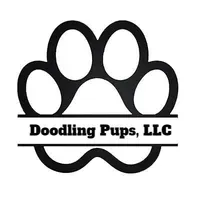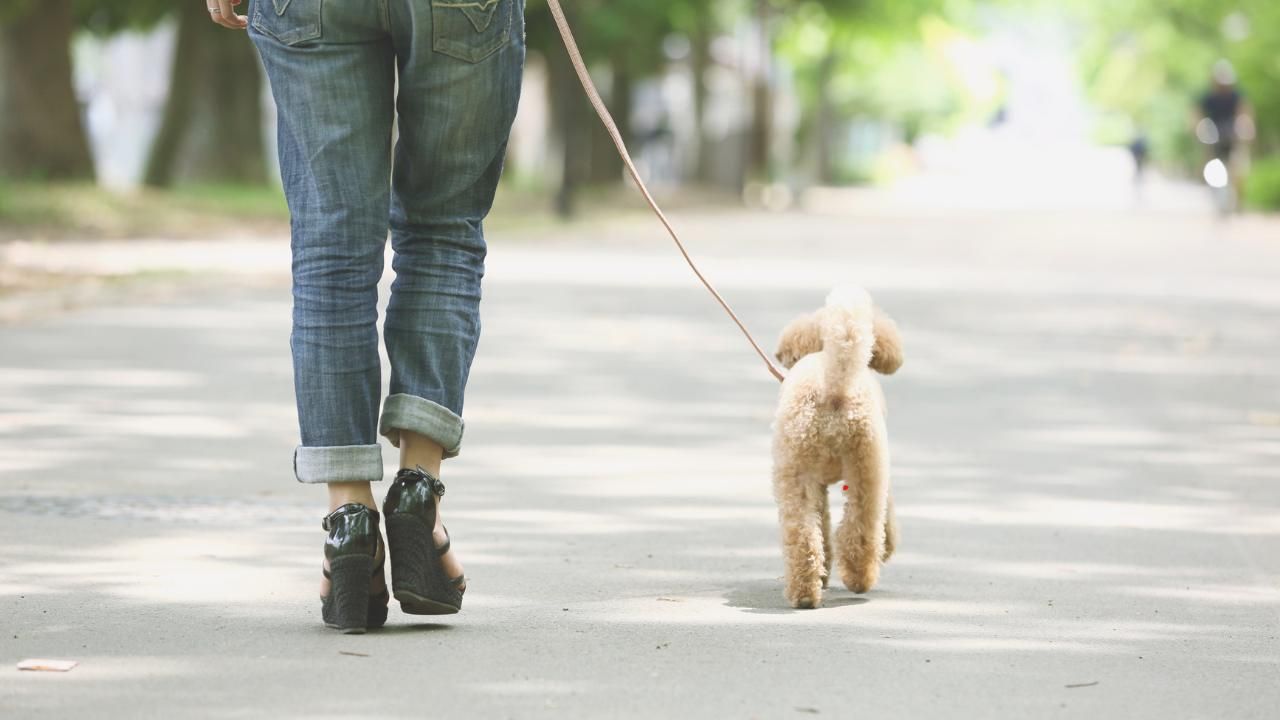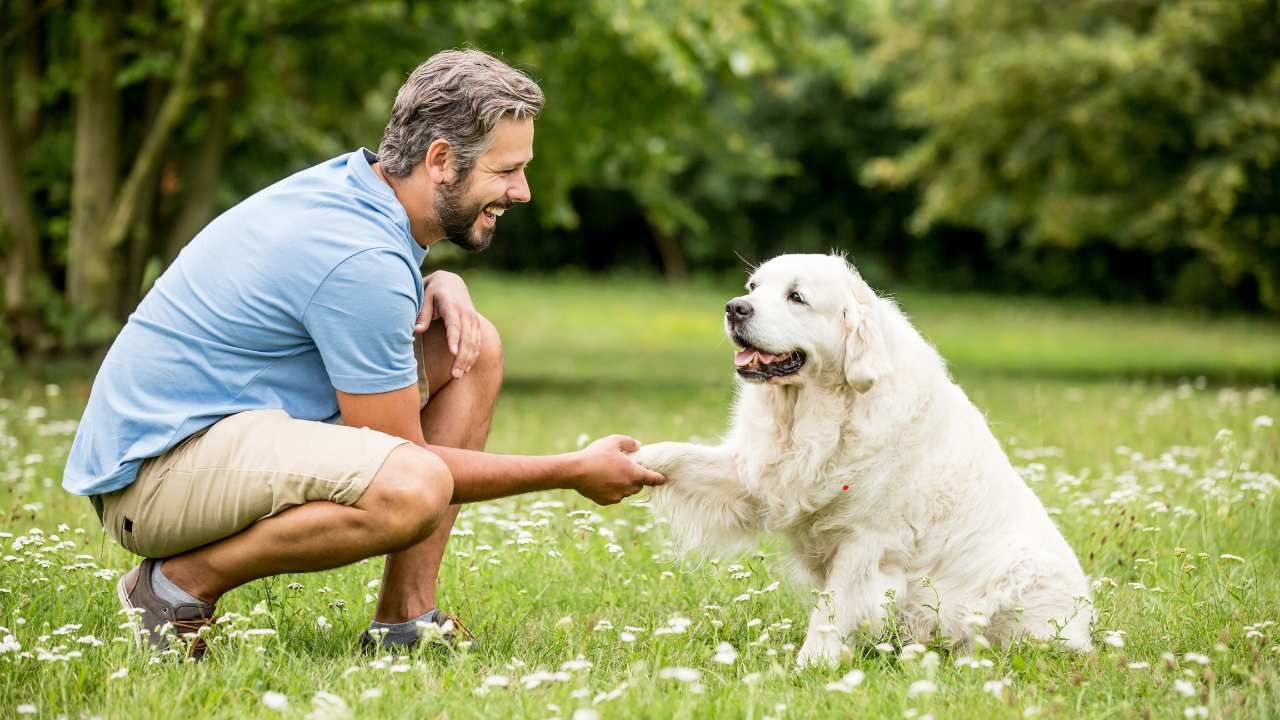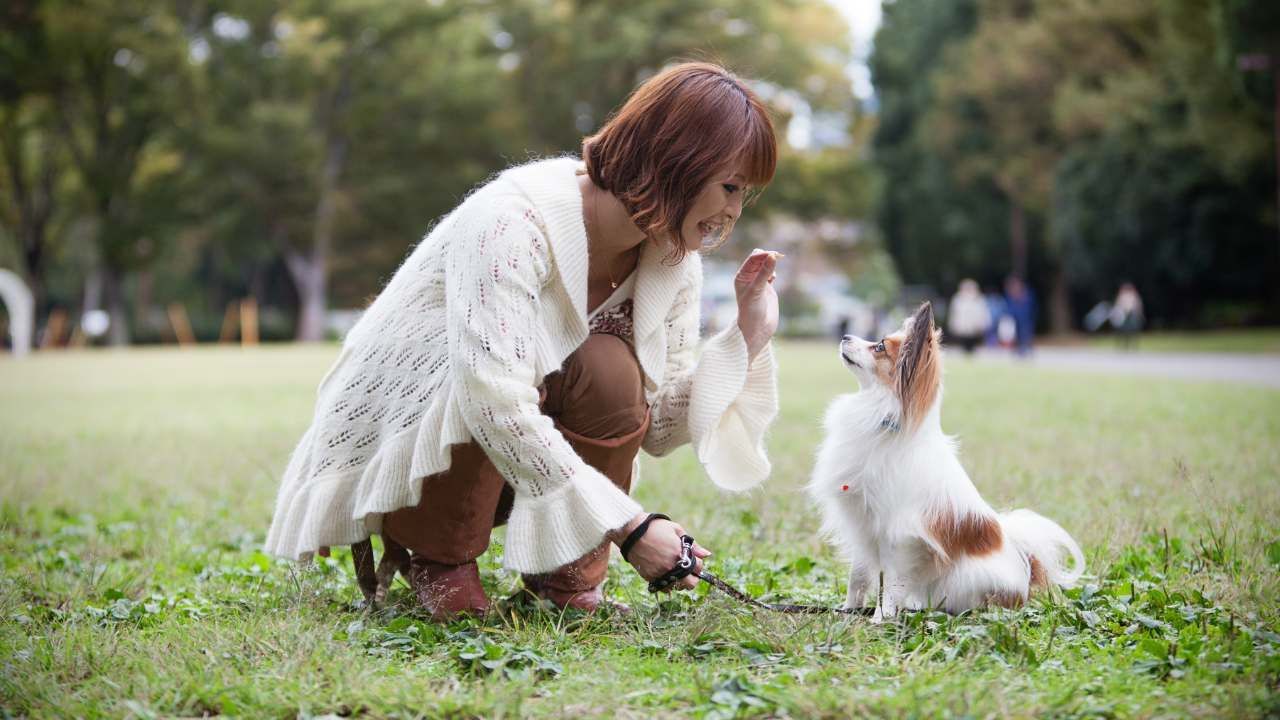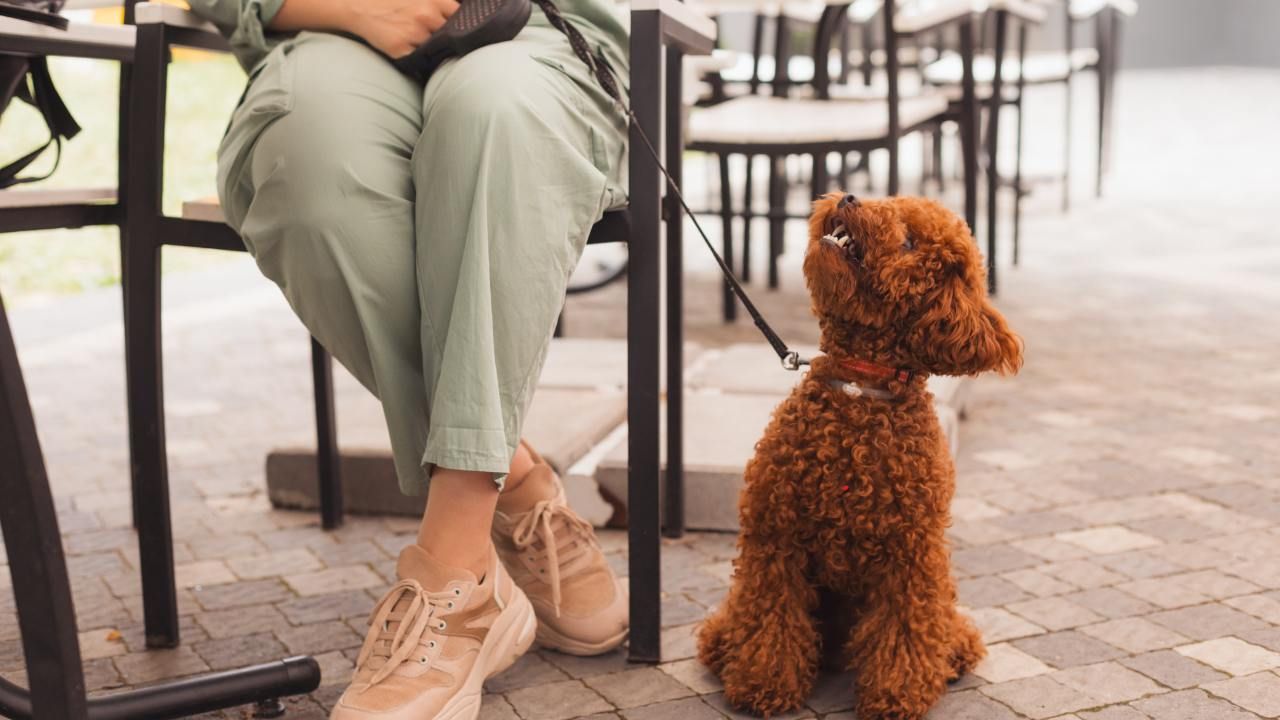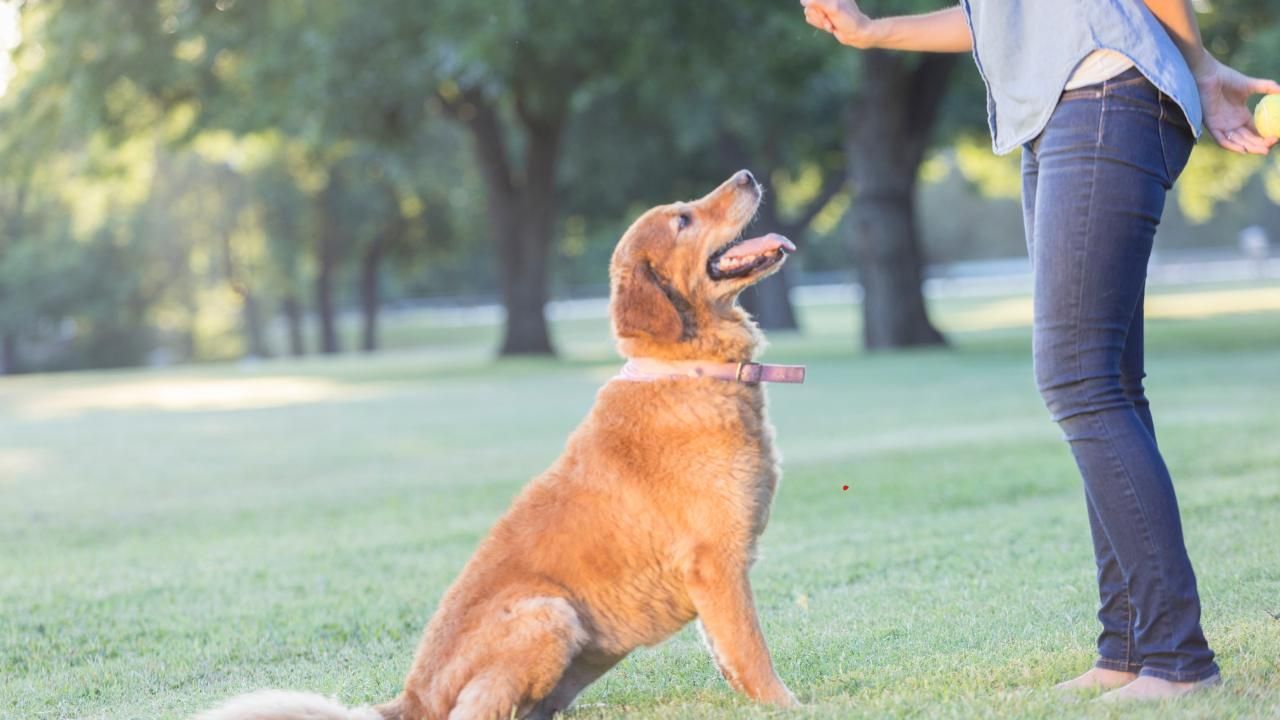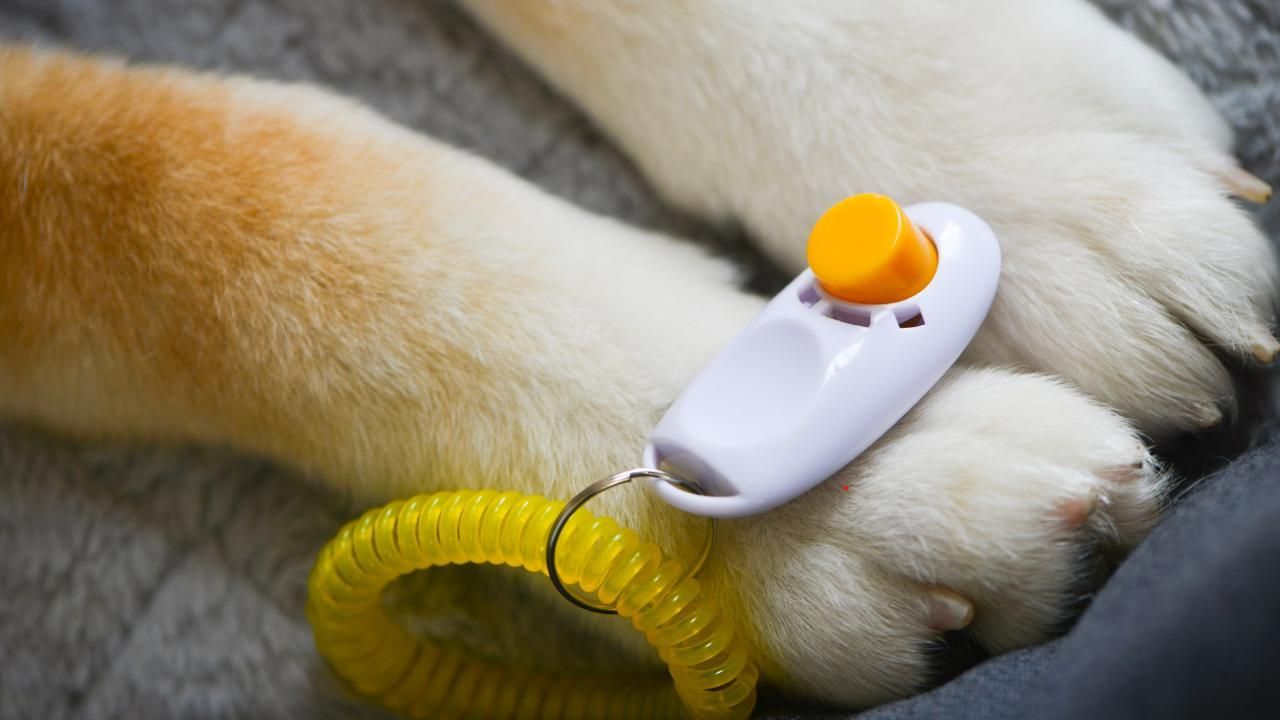Signs Your Dog Needs to See a Vet (That Most Owners Miss)

Your dog can’t tell you when something’s wrong—but they do give clues. The trouble is, many of the signs are subtle and easy to miss, especially if you're used to your dog’s quirks. Waiting too long could turn a small issue into something serious.
In this post, we’ll walk through often-overlooked symptoms that signal your dog needs professional care. Whether you’re a seasoned dog parent or new to the game, knowing these warning signs could make all the difference.
1. Subtle Shifts in Behavior or Energy
Dogs are creatures of habit. If your usually playful pup suddenly seems withdrawn or tired, don’t chalk it up to "just having an off day."
Keep an eye out for:
- Sleeping much more or much less than usual
- Avoiding eye contact or hiding
- Loss of interest in walks, toys, or food
Behavioral changes often signal discomfort or underlying illness. And no, it’s not always “just old age.”
Case Study:
Sarah noticed her 4-year-old lab mix was sleeping in the closet—something he’d
never done before. She assumed it was a new quirk, but brought him to the vet just in case. Turns out, he had early-stage Lyme disease. Catching it early made treatment much easier.
2. Changes in Eating, Drinking, or Bathroom Habits
This one might seem obvious—but changes can be subtle.
Watch for:
- Gradual weight loss or gain
- Increased water intake (could signal diabetes or kidney issues)
- Constipation, diarrhea, or straining during bathroom breaks
- Accidents in the house, especially for dogs that are usually well-trained
A dog who’s eating less or drinking more might be in distress. Don’t wait to see if it clears up on its own—especially if symptoms persist beyond 24-48 hours.
3. Minor Lumps, Bumps, or Skin Issues
It’s normal for dogs to get the occasional bump or rash. But if that lump sticks around—or gets bigger—it's worth a vet visit.
Other red flags:
- Persistent scratching or licking
- Bald patches
- Foul smell coming from the skin or ears
Skin issues often fly under the radar until they’ve worsened. Even small signs can point to allergies, infections, or tumors.
4. Subtle Signs of Pain or Discomfort
Dogs rarely yelp or cry unless pain is extreme. Instead, they communicate discomfort in small, quiet ways.
Look for:
- Limping or stiffness, especially after resting
- Difficulty going up stairs or jumping onto furniture
- Excessive panting when it’s not hot
- Flinching when touched in a specific area
If your dog seems "off" in how they move, don't dismiss it. A visit to the vet could prevent long-term damage.
The Hidden Costs of Waiting
It’s easy to hope things will improve on their own, especially when your dog seems mostly normal. But even a short delay can mean longer recovery times—and bigger vet bills.
Being proactive pays off. That’s why experienced dog breeders like Doodling Pups, LLC, who offer bernedoodle puppies for sale in Arizona, include health checkups as a priority when preparing pups for their forever homes. They even require a puppy application to ensure dogs go to owners who understand the importance of early care.
Know Your Dog, Trust Your Gut
No one knows your dog better than you. If something feels off, it probably is. Don’t hesitate to call your vet—even for something that seems minor. Catching issues early keeps your dog healthier, happier, and more active for years to come.
Notice a change in your dog’s behavior or health? Don’t wait—book a vet appointment today. Contact us to learn more about common dog health concerns.
